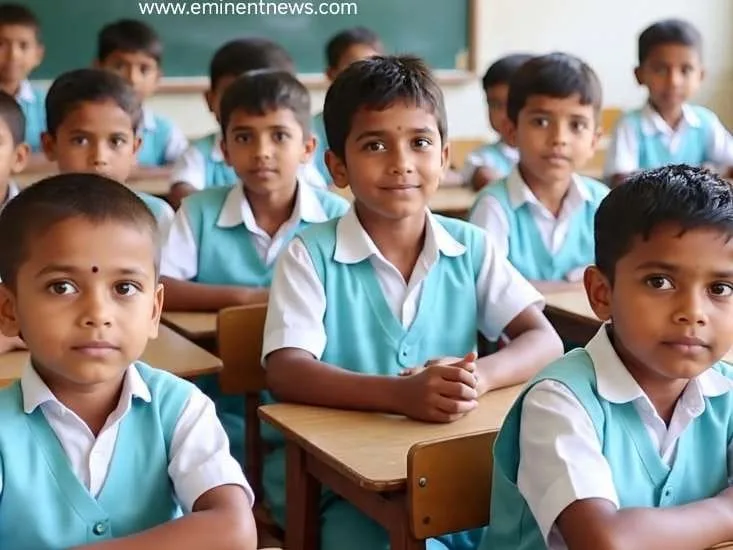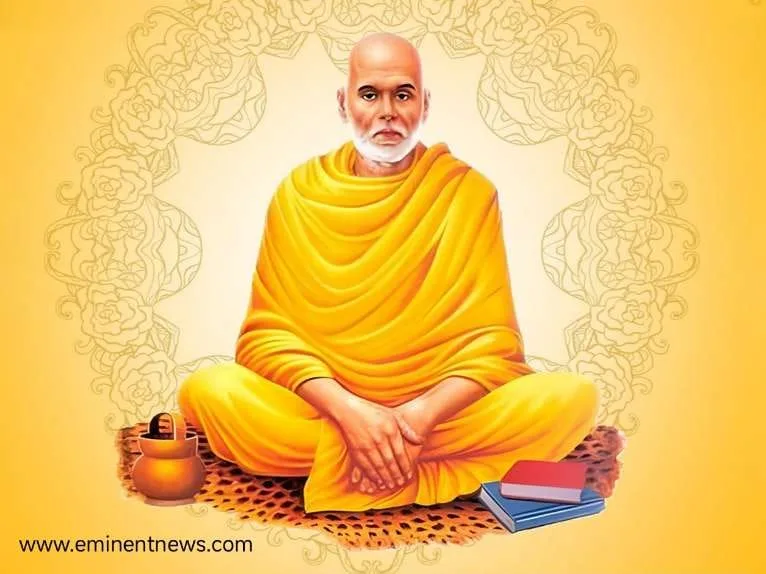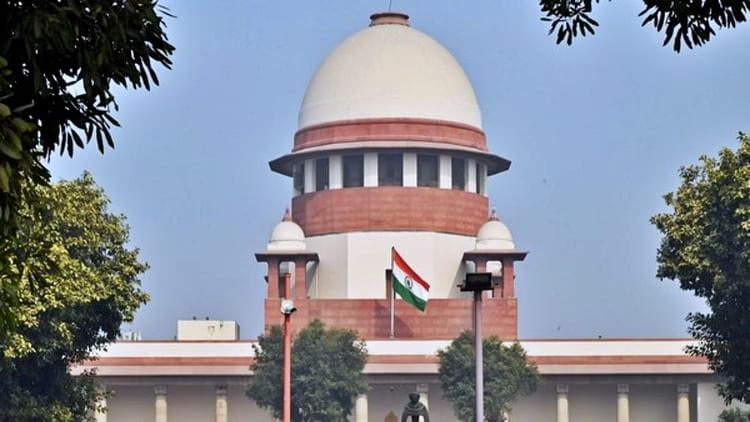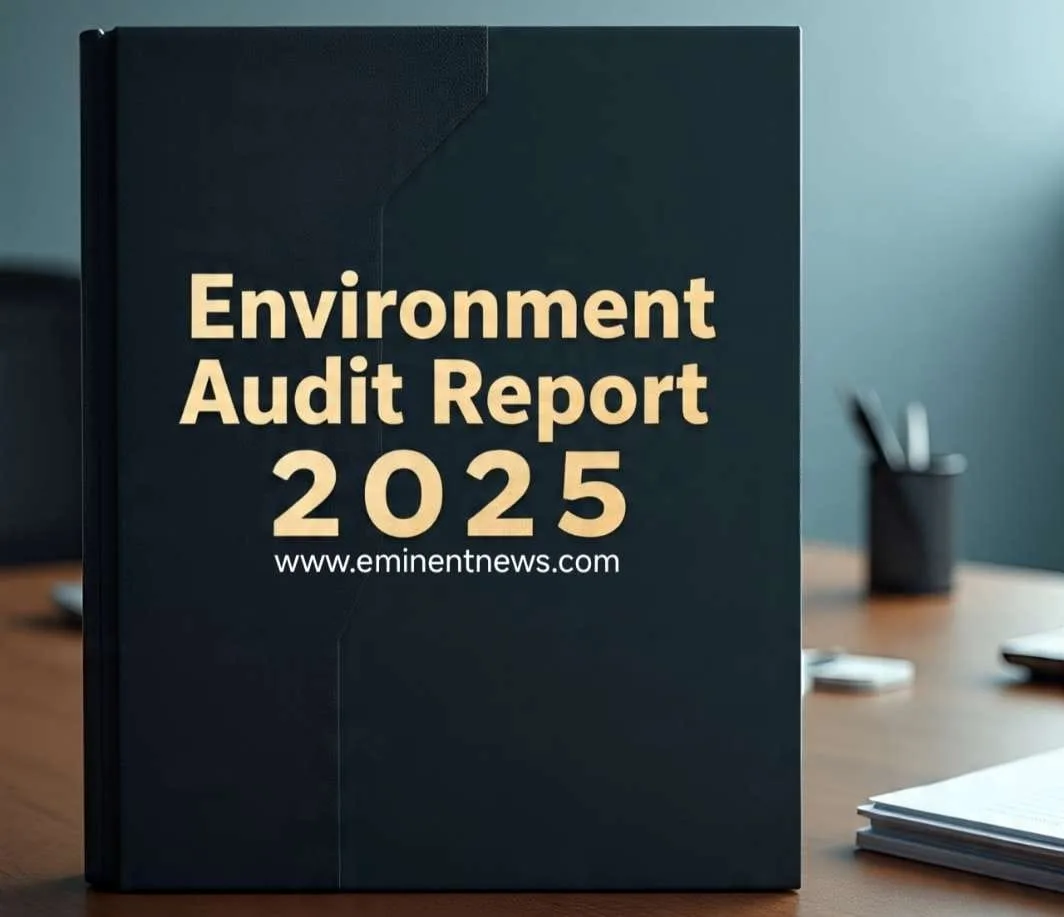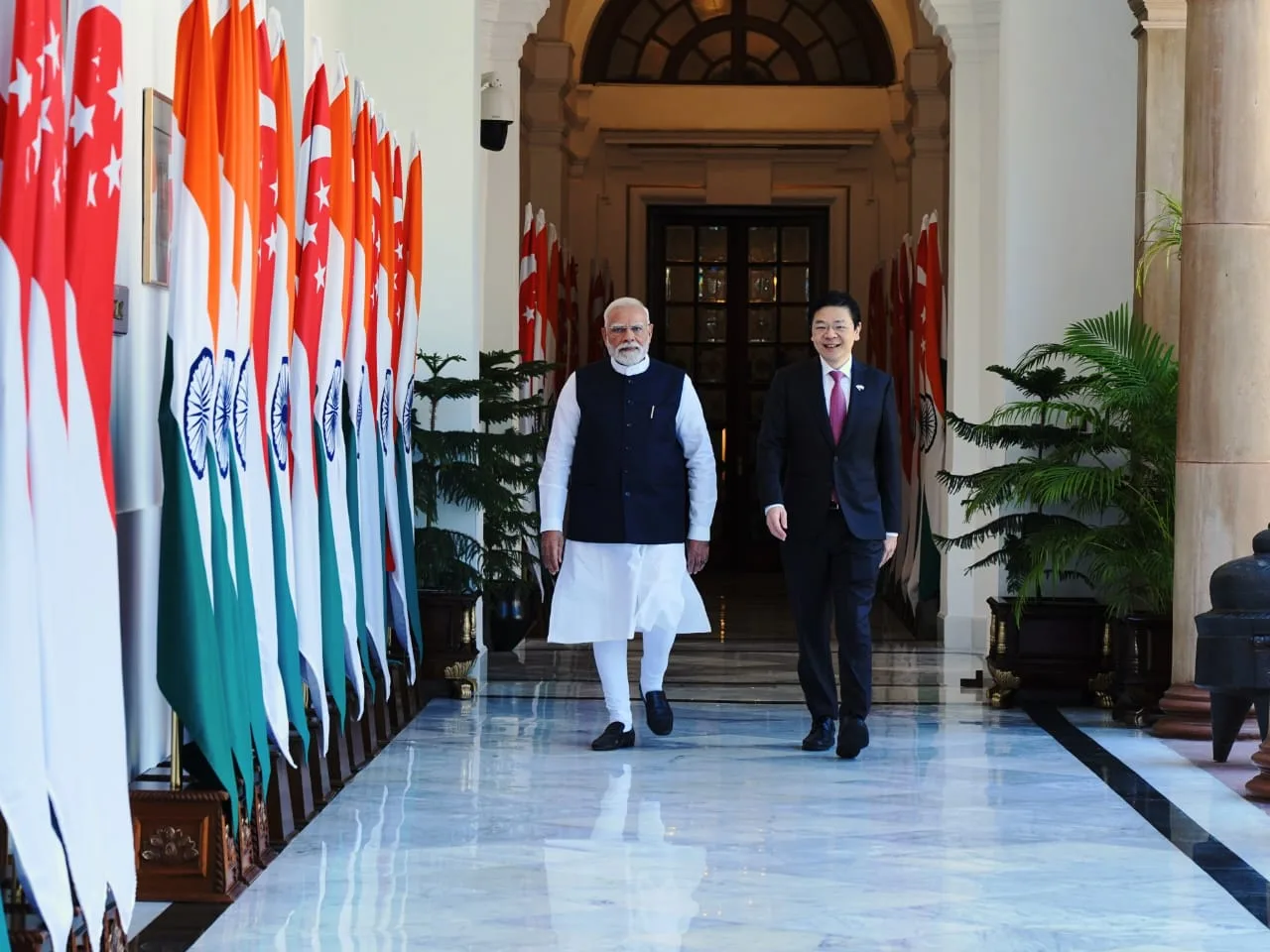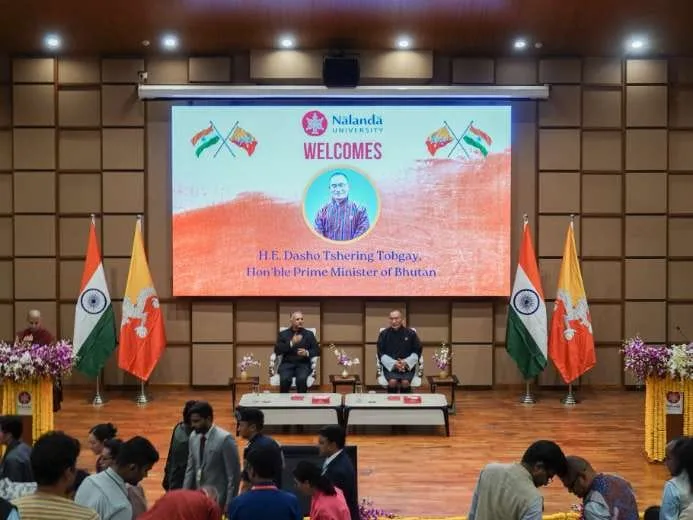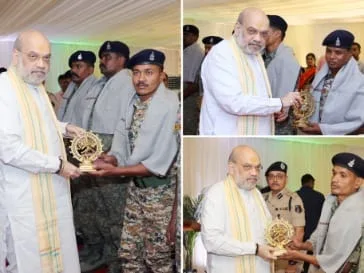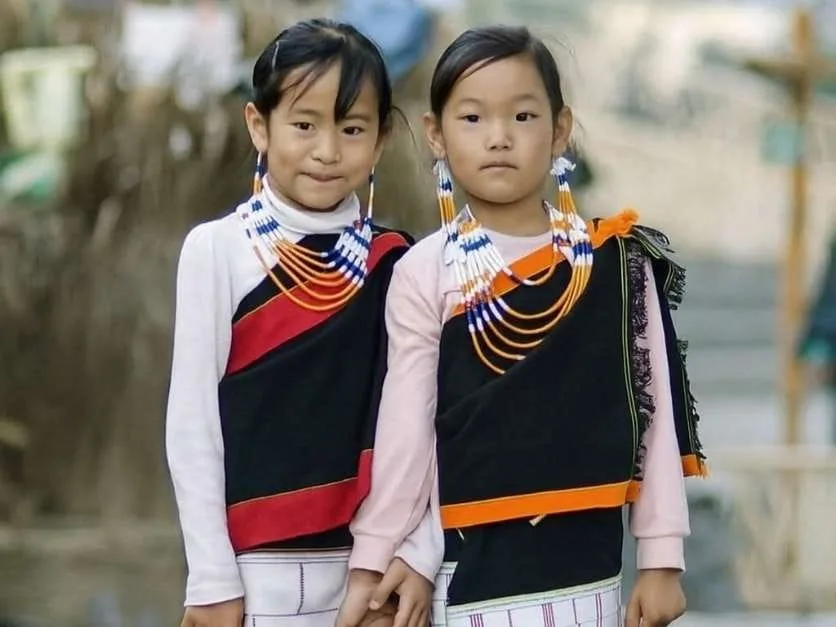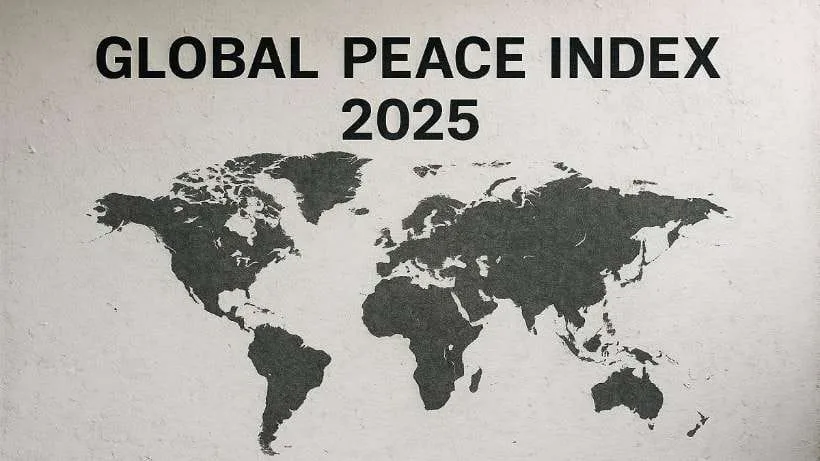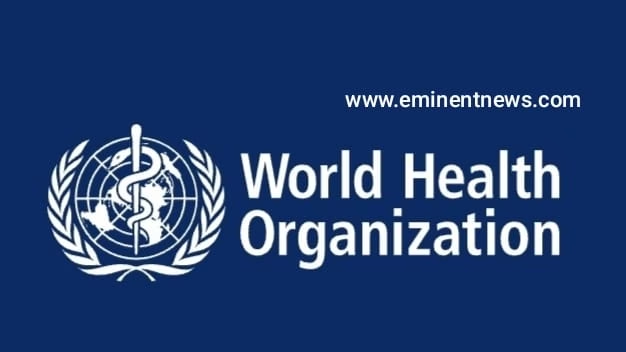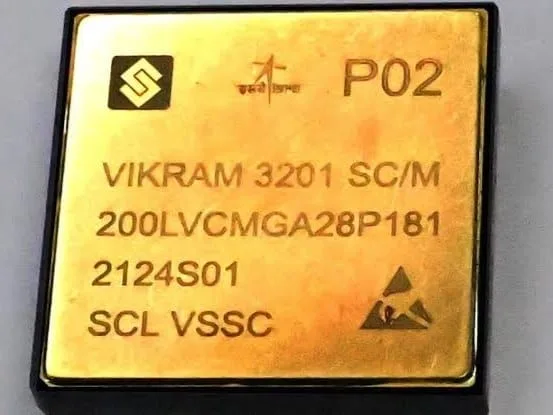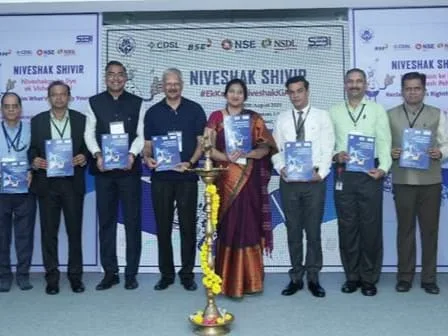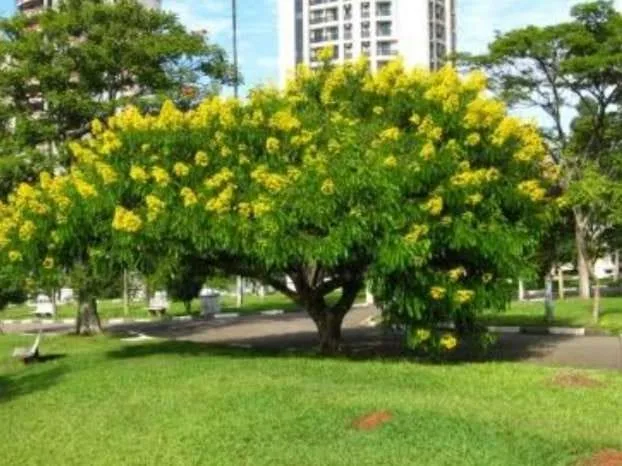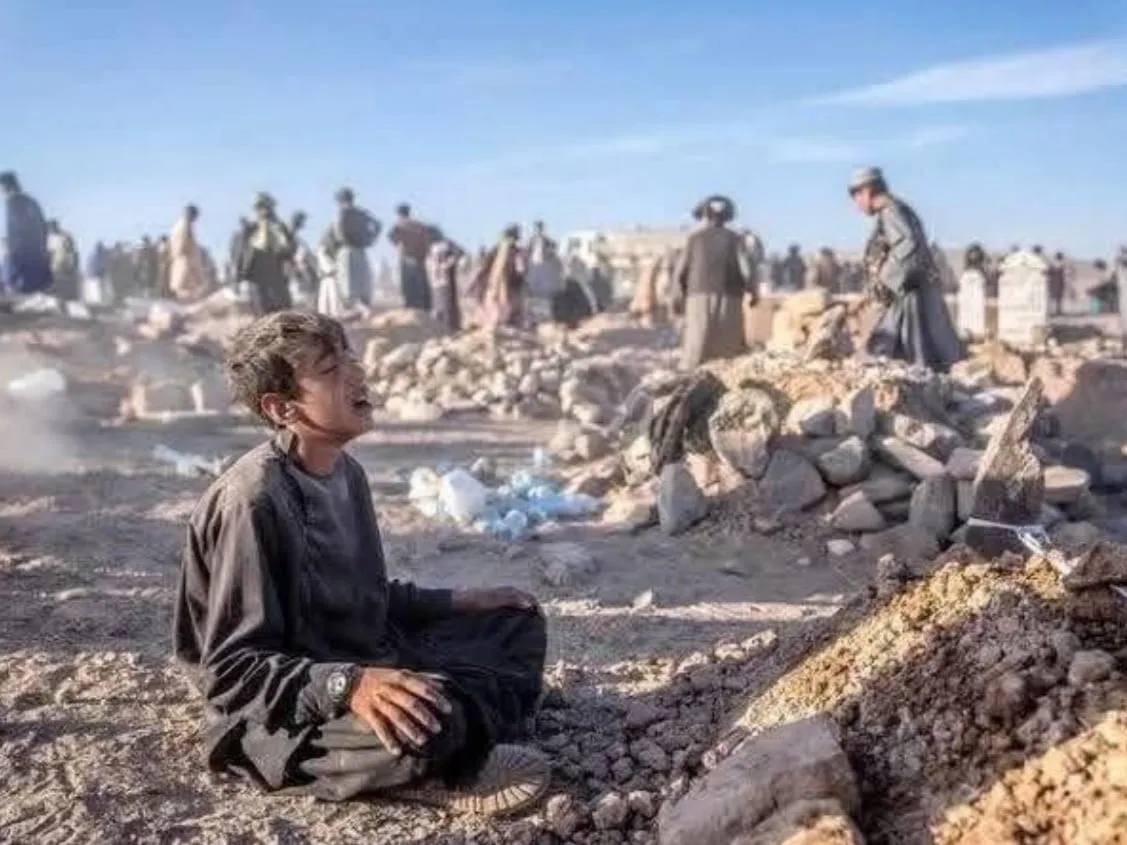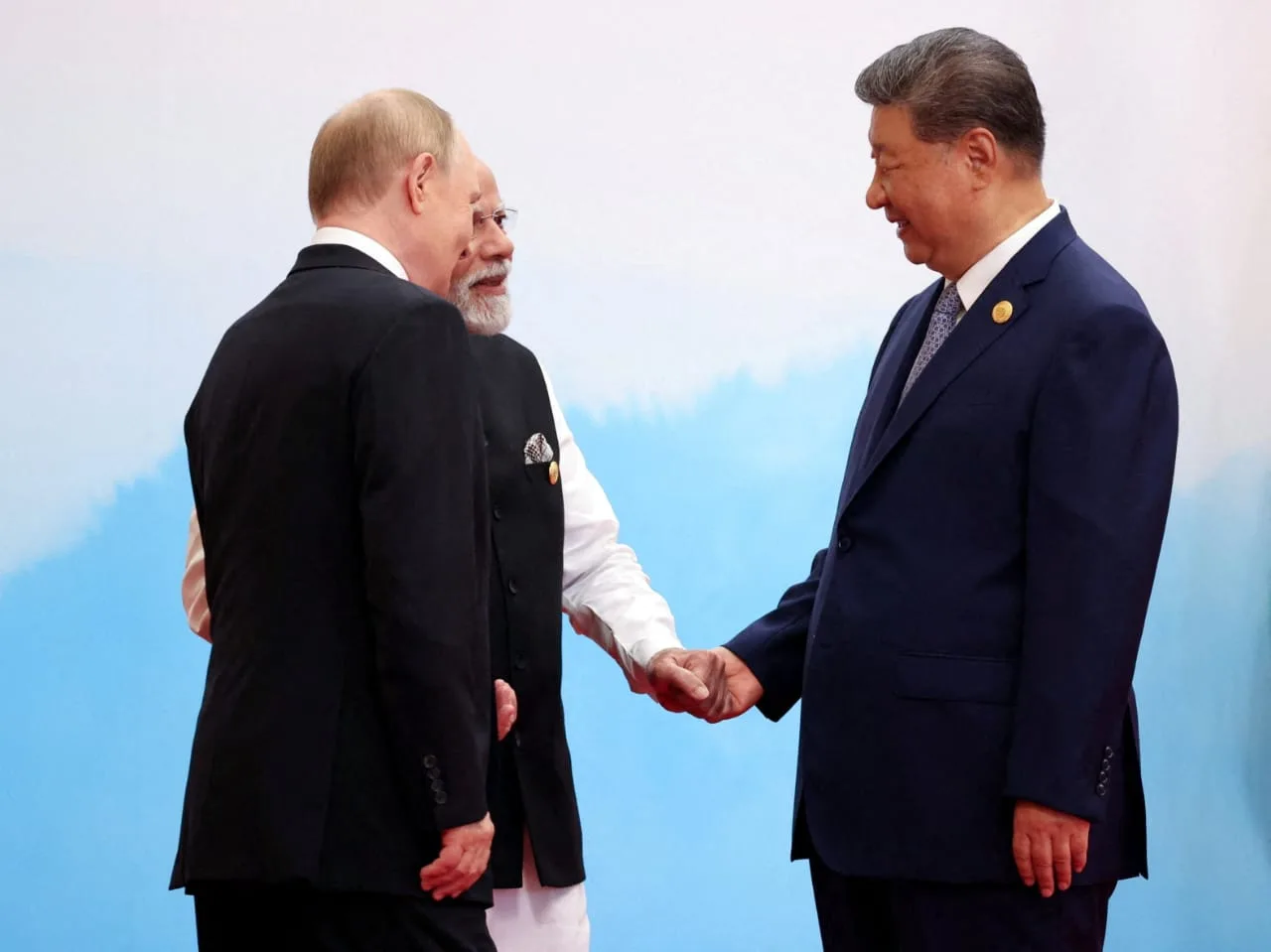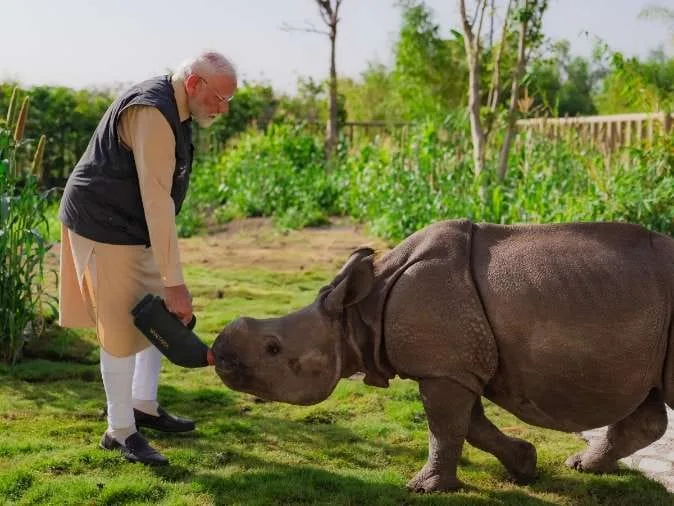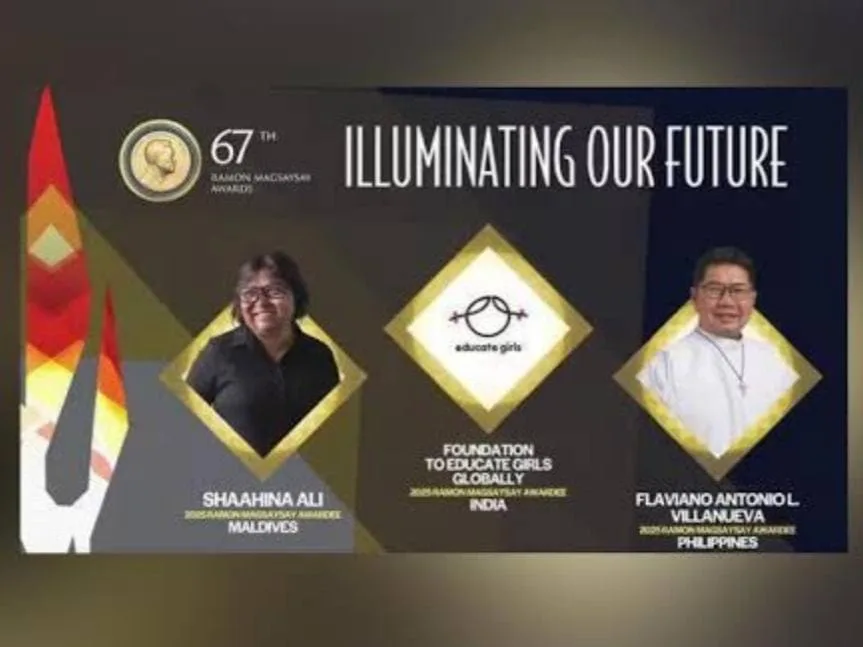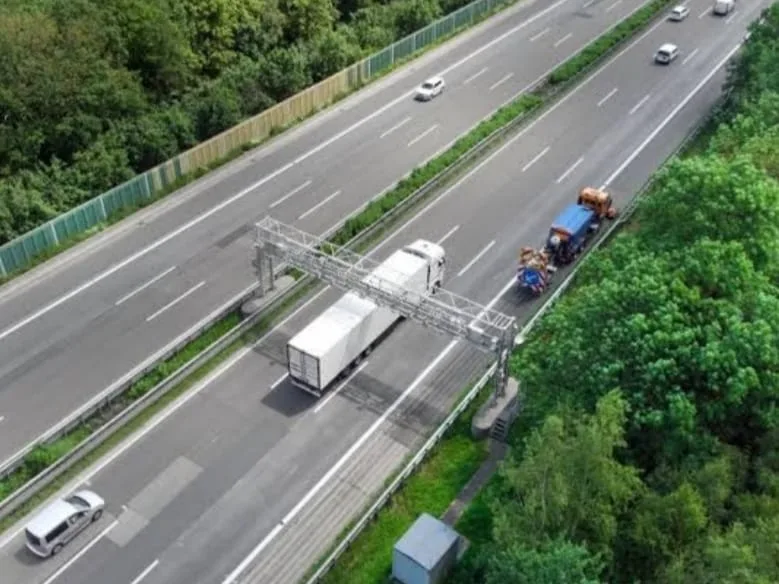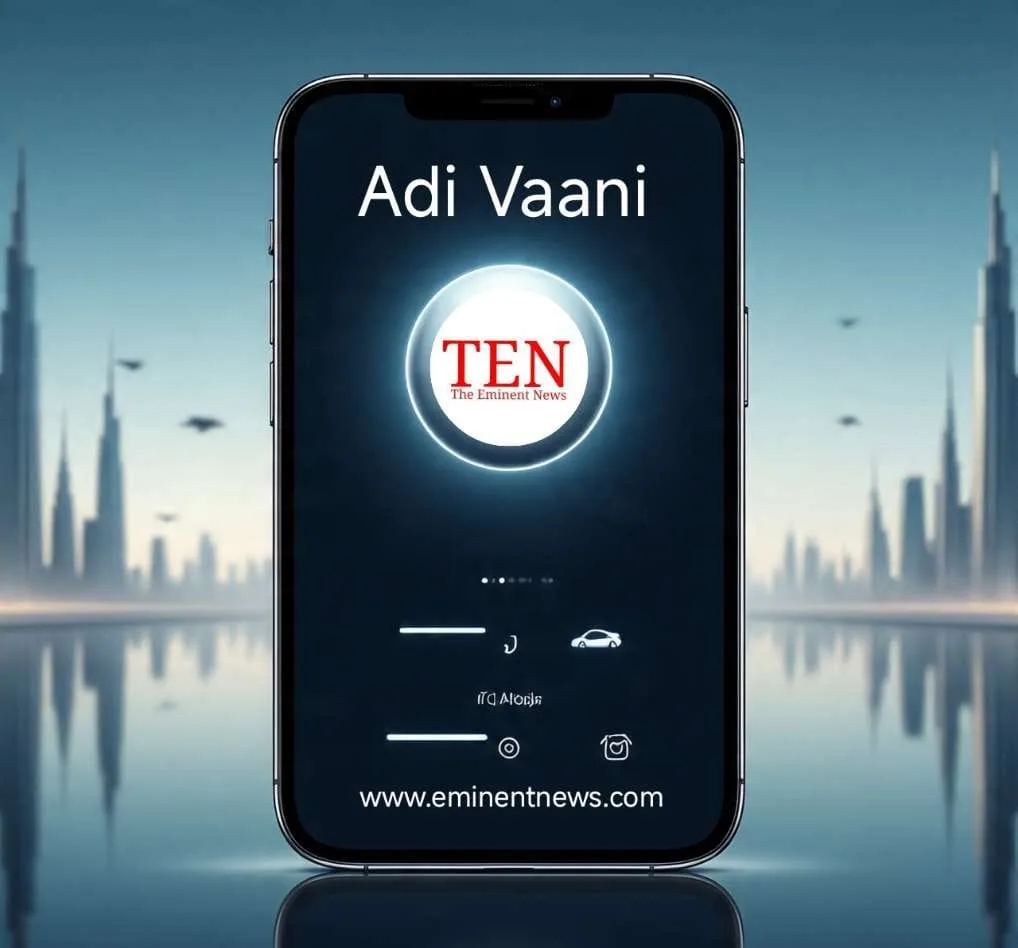The Supreme Court has issued notice to the Centre after Tamil Nadu alleged that Samagra Shiksha funds were delinked from reimbursements under the Right to Education (RTE) Act 2009 ...
The Dispute
- The Centre argued in the High Court that fund disbursement issues under Samagra Shiksha arose due to Tamil Nadu’s refusal to implement National Education Policy 2020 (NEP 2020).
- Tamil Nadu opposed NEP’s three-language policy, viewing its Hindi emphasis as a threat to regional linguistic diversity
- The Madras HC however, directed the State to bear the entire financial responsibility for the 2025-2026 academic year.
Samagra Shiksha scheme
The Samagra Shiksha scheme is India’s flagship, integrated programme for school education spanning pre-primary to Class XII, designed to be inclusive, equitable and comprehensive bridging access, infrastructure and quality across all levels of schooling.
Launched in 2018 by the Ministry of Education, Samagra Shiksha merges three previous scheme that are Sarva Shiksha Abhiyan (SSA), Rashtriya Madhyamik Shiksha Abhiyan (RMSA) and Teacher Education (TE) into a single umbrella for efficient and holistic school education reform.
The scheme was extended until 2025-26 with a strong alignment to the National Education Policy (NEP) 2020 and the Sustainable Development Goals (SDG-4) targeting free, quality education for all children by 2030
Key Features SSA
- Supports over 1.16 million schools, benefitting 156 million students and 5.7 million teachers in government and aided schools nationwide.
- Centrally sponsored, with a typical Center-State funding split of 60:40.
- Treats the entire school journey from preschool to Class XII as a seamless educational continuum, ensuring learning progress and effective transitions.
- Moves towards direct benefit transfers (DBT) for eligible entitlements like uniforms and textbooks.
Major Interventions
- Universal Access & Infrastructure: Infrastructure development, retention strategies and support for marginalized regions.
- Quality & Innovation: Teacher training, annual library grants, tech-assisted pedagogy, and digital initiatives (ex : DIKSHA platform, smart classrooms)
- Equity & Inclusion: Targeted interventions for girls, children with special needs (CwSN) and vulnerable groups (scholarships, accessible materials).
- Vocational & Life Skills: Vocational education beginning in Class 6 and integration of physical, sports and life skills education.
- Early Childhood Focus: NIPUN Bharat (a Samagra Shiksha initiative) strengthens foundational literacy and numeracy for ages 3-9…
The Right to Education (RTE) Act, 2009
officially known as the Right of Children to Free and Compulsory Education Act, is a significant law in India. It requires free and compulsory education for all children aged 6 to 14 years.
- Private schools must reserve 25% seats at entry level for children from weaker sections, free of charge
- Section 7 assigns shared funding responsibility to both Centre and State
- The Act guarantees every child the right to free and compulsory elementary education in a nearby school without fees or charges. This includes indirect costs like uniforms and textbooks.
- Children must be placed in classes that match their age. No child can be held back, expelled, or forced to pass exams before finishing elementary education (up to Class 8).
- The Act makes sure children can access schools within a reasonable distance1 km in urban areas and 3 km in rural areas.
- Private schools must reserve 25% of seats for children from economically weaker sections and disadvantaged groups. The government will reimburse schools for these children.
- The Act sets minimum standards for school facilities, such as classrooms, toilets, playgrounds, and drinking water. It also requires teachers to be qualified and trained, with suitable pupil-teacher ratios.
- Schools cannot conduct interviews or entrance tests for admission nor charge any capitation fees.
- The Act bans all forms of corporal punishment and mental harassment of children in schools.
- he Act focuses on the overall development of children. It encourages assessment beyond just exams, including co-curricular activity
- Every school must have a committee made up of parents, teachers, and community members to oversee school management and development plans.
- The RTE Act is based on Article 21A of the Indian Constitution, added by the 86th Amendment in 2002. This article declares free and compulsory education as a fundamental right for children aged 6 to 14 years.
- The Act ensures that education is a fundamental right and mandates the government to provide it.
- It promotes inclusion, fairness, and quality in elementary education.
- It increases enrollment and retention rates, especially for disadvantaged groups.
- The Act also provides a safe and welcoming learning environment for children across the country.
- visit here
” Over 86,000 smart classrooms are now functional nationwide and more than 1.46 lakh approved, enhancing digital access for millions. Funds and interventions per state are tailored and flexible, allowing local governments to prioritize needs ” for More Govt Scheme link here

